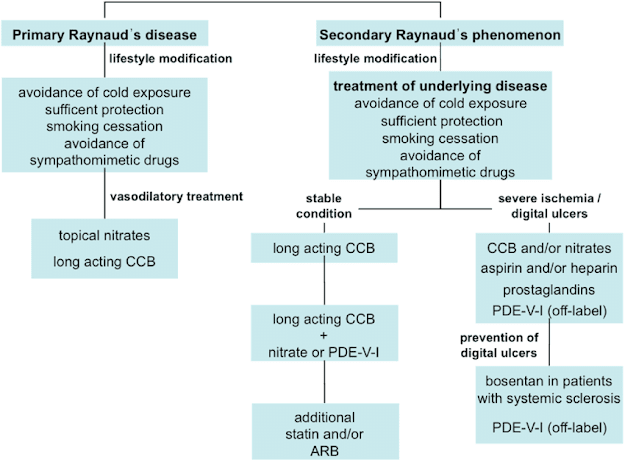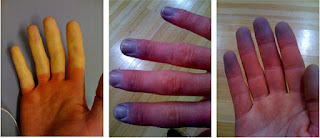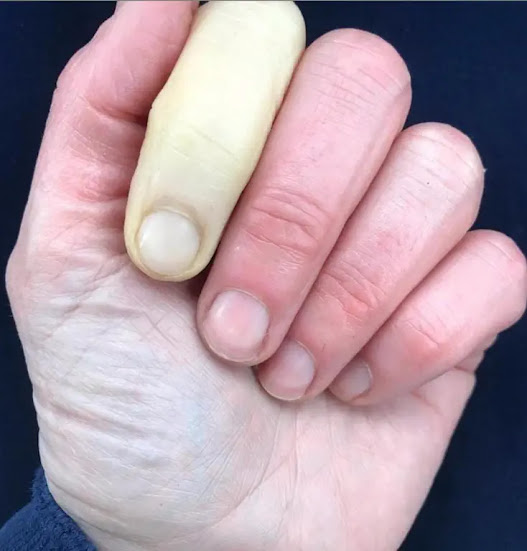What is Raynaud’s syndrome?
Do you know what Raynaud’s syndrome is? Here are the causes and types of Raynaud’s syndrome and other details that may interest you. Raynaud’s syndrome: what is it? Raynaud’s syndrome hinders blood flow to the fingers of the hands and, in some cases, may lead to reduced blood flow to the ears, toes, nipples, knees, or nose. This is caused by vascular spasms in those areas as a reaction to certain factors, such as cold, stress, or emotional disorder. The body adapts to cold temperatures by reducing blood flow to the skin. This is done as a thermoregulatory mechanism to prevent further heat loss and keep the core body temperature stable. Blood flow is restricted in the Raynaud phenomenon, which occurs in cold temperatures and when people are under emotional stress. The digital arteries and cutaneous arterioles are constricted in the Raynaud phenomenon. Sir Thomas Lewis studied this phenomenon in 1930 after it was first described by Maurice Raynaud in 1862. The Raynaud phenomenon is a t


